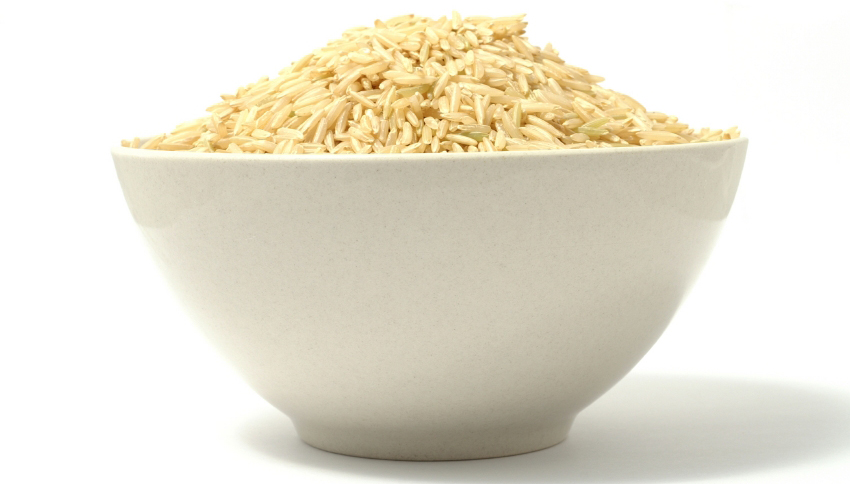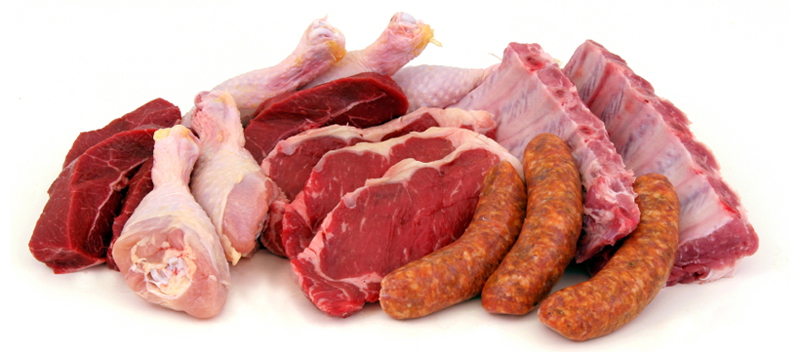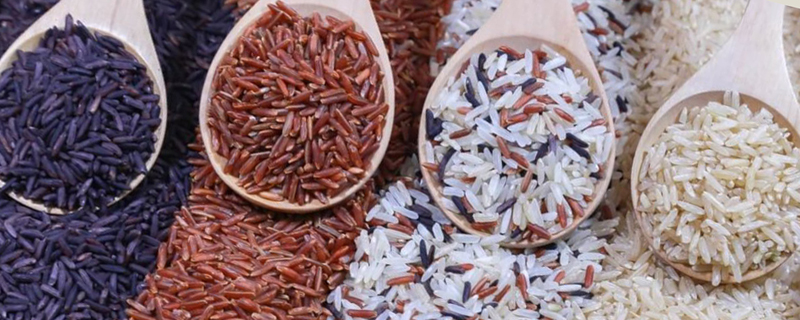
Arsenic-based pesticides have been used in agricultural practices for many years, and, accordingly, soils and groundwater in the US are contaminated with varying levels of arsenic. Because arsenic exists in soil and water, it finds its way into our food supply. And nearly all foods contain some level of arsenic.
What Foods Have the Most Arsenic?
Studies show that most of the arsenic in the American diet comes from meat, milk, poultry, pork, eggs and seafood. Poultry is the worst offender. Some chickens exceed the EPA safety limit for arsenic by 2,000%. Meat and poultry are high in arsenic because animal feed and the antibiotics and intestinal parasites drugs are regularly given to animals containing high amounts of this element. The arsenic then accumulates in the flesh of the animals.

Bone broth, beer and wine, and commercially-available juice and mushrooms contain high levels of arsenic. Rice and cruciferous vegetables can also have high amounts of arsenic depending on where they are grown.
Because the amount of arsenic varies greatly from sample to sample depending on where and how the food is produced, it is technically impossible to list foods according to their arsenic levels; however, meat, milk, poultry, pork, eggs, seafood, bone broth, mushrooms, rice, wine, and juice have consistently tested with the highest amount of arsenic of all foods.
Arsenic in Rice

Rice usually does contain more arsenic than other grains, but the real reason why we associate rice with arsenic isn’t because rice has the highest amount of arsenic from top food sources, but rather because rice is the food that the media decided to highlight. Eating rice every day of the week doesn’t give you as much arsenic as eating meat a few times a week does.
While arsenic certainly isn’t something we want to ingest, there are a host of other, even more dangerous toxins in our food supply. A diet that contains animal products results in greater exposure to these pollutants than does a plant-based diet, because these toxins accumulate up the food chain.
A diet that contains animal products results in greater exposure to these pollutants than does a plant-based diet, because these toxins accumulate up the food chain.
For example, studies show that people who consume dairy products, take in a hundred times the acceptable daily exposure to industrial pollutants, some of which are far more dangerous than arsenic. This is not to minimize the risk of consuming arsenic, but rather to put it in its proper perspective.
How to Reduce Arsenic in Rice
To reduce the amount of arsenic you get from rice, purchase rice grown in California, India, or Pakistan. On average, rice grown in California has 40% less arsenic than rice grown in the southern US (Arkansas, Louisiana, Mississippi, Missouri, Texas, etc.) because arsenic-based pesticides were more heavily used in the southern states.
Lundberg Farms tests their rice and the rice they offer is generally lower in arsenic than that of other growers.
Black rice, red rice, short-grain rice, and basmati rice have the lowest levels of arsenic. (Interestingly, the arsenic in brown rice appears less bioavailable than the arsenic in white rice, meaning that the body doesn’t absorb the arsenic in brown rice as readily as it absorbs the arsenic from white rice.)
How to Reduce Your Overall Arsenic Consumption
And here’s how to reduce your arsenic consumption overall:
1. Avoid foods that tend to have the highest amounts of bioavailable arsenic – meat, seafood, poultry, bone broth, wine and fruit juices, and mushrooms.
2. Avoid food grown in soils that contain chicken manure (used as a fertilizer).
3. Avoid brown rice syrup and commercially available foods that have this sweetener in the ingredients. (Read the ingredient label.)
4. If you use rice milk, consider replacing it with another non-dairy milk, such as almond milk.
Enjoy a wide variety of whole grains, including those that usually have lower levels of arsenic, like quinoa, buckwheat, millet, oats, amaranth, teff, and sorghum.
Bonus tips:
Consider growing your own garden so you can grow your own cruciferous vegetables. Improve soil health by making your own healthy compost and avoiding using chicken manure.
If this information has been helpful to you, consider giving a donation so we can continue to provide unbiased information for you and keep ads off the site.
You my also like:
